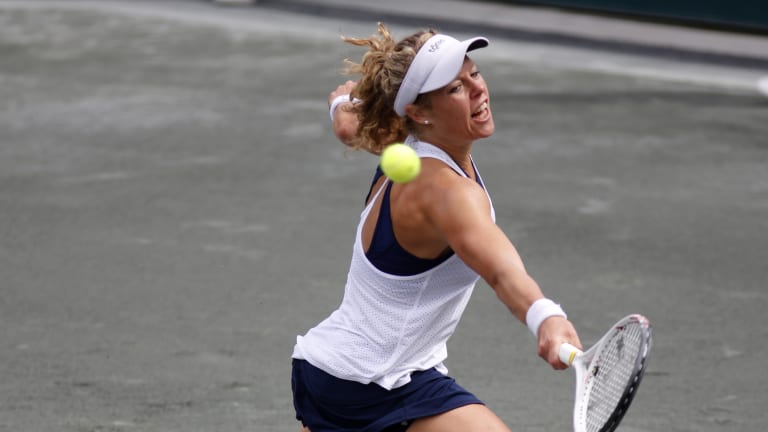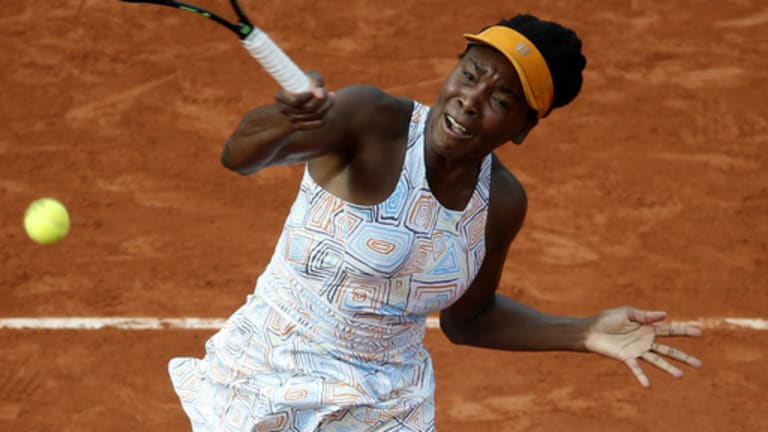Americans have been fighting a losing battle on clay courts for years. Aside from Serena Williams, there hasn’t been a clay-court Grand Slam winner hailing from the U.S. since Andre Agassi in 1999.
Agassi, Michael Chang and Jim Courier are the only American men who have won Roland Garros in the Open era. The women have fared better, largely thanks to clay-court fiend Chris Evert and her seven Parisian crowns. But—not to take away from her greatness—Williams’ fewest majors have come on clay (just three, compared to 13 on hard and seven on grass).
What’s being done, especially for the next wave of potential American champions, to shift the momentum in Paris in favor of hard-hitting Yanks?
The USTA built six red clay courts at the National Campus in Lake Nona, Fla., with imported dirt from Italy. There are 32 green clay courts, as well, but that’s not what players like Madison Keys, CiCi Bellis and Frances Tiafoe are going to be training on.

